YES! No doubt from the Kangaroo team about that. If you disagree, I’d ask you to give this content a read and then share your thoughts in the comment section.
If you agree, then Kangaroo Up-Top !
What is Branding?
In simple words, branding is all about creating the true identity of a product or service. Branding help all the stakeholders of a specific product or service to understand it and learn how to deal with it in a better way.
For an instance, let’s assume you don’t have any idea about the Kangaroo team. You don’t know who they are, what they do, you don’t even know if its a group of people working together or if its just one guy or girl pretending to be a Kangaroo but if their branding was right and you were the correct person for their services then you’d remember them for a long time.
Branding is more than just creating a brand’s name, design, tone of voice, and other similar features. It’s the same as friendship, it is about give and take. In order to build this friendship among each other, brands work long term to reach that specific point.
A brand is not just a company, it can be a feeling, emotion, and more. There are certain brands, that can make you feel wealthy, proud, strong, safe and many more.
That is what brand is! The feeling, the sensation, the love, and the loyalty!
Is the Kangaroo Team Worthy of Talking about Brands?
Not yet, but we believe that we will soon be. Me and my Kangaroo friends weren’t much of a branding fan either but now we’re writing a blog on it. 😀
That’s life!
Jokes apart, we’ve learned through out our journey that selling and generating revenue can help you with your short term goal, but if you’re looking forward to reach a long term goal, or maybe want to leave a legacy behind then branding is definitely your key to success.
We are currently working on creating our own identity. It is going to be a long process of work, it will take a minimum of 24 months, if we work regularly on it and also if we can work collaboratively. By collaborative work, we mean working internally as well as externally.
How Does Branding Help Companies with User Acquisition?
Branding plays a crucial role in user acquisition by creating a memorable and distinct identity that attracts and resonates with target audiences. A strong brand communicates a company’s values, vision, and unique selling points, helping it stand out in a crowded market and build trust. Effective branding also aids in establishing emotional connections, which drive loyalty and advocacy, making users more likely to choose and recommend the company.
Consistent brand messaging across platforms reinforces recognition, leading to higher engagement and ultimately easing the path to conversion. When users see a brand as credible and reliable, acquisition becomes more streamlined, as the brand itself becomes a magnet for new customers.
How Can Branding Determine Pricing?
Branding significantly influences pricing by shaping perceived value and positioning a company within a market segment. A strong, well-defined brand can create an impression of quality, exclusivity, or innovation, which justifies a premium price. For instance, luxury brands often command higher prices because their branding conveys exclusivity and prestige, making customers willing to pay more. Alternatively, brands that focus on affordability and accessibility set pricing expectations based on value and practicality. Through branding, companies can align their pricing strategies with customer perceptions and preferences, ultimately helping to establish a price point that reflects both the brand’s promise and its target audience’s willingness to pay.
Several world-class brands have successfully leveraged branding to set premium pricing strategies based on perceived value, customer loyalty, and market positioning. Here are a few examples:
Apple
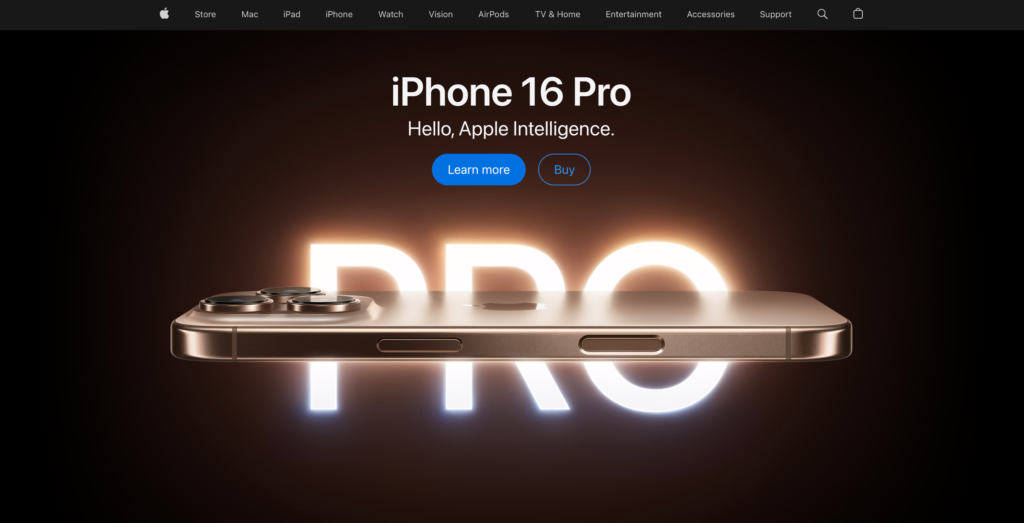
Apple’s pricing strategy is a prime example of brand-driven premium pricing. With its focus on sleek design, innovation, and a seamless user experience, Apple has established itself as a luxury tech brand. The brand’s consistent messaging around quality and cutting-edge technology has cultivated a loyal customer base willing to pay more for Apple products compared to competitors. This perception of high quality and exclusivity enables Apple to maintain high price points across its product lines.
Tesla
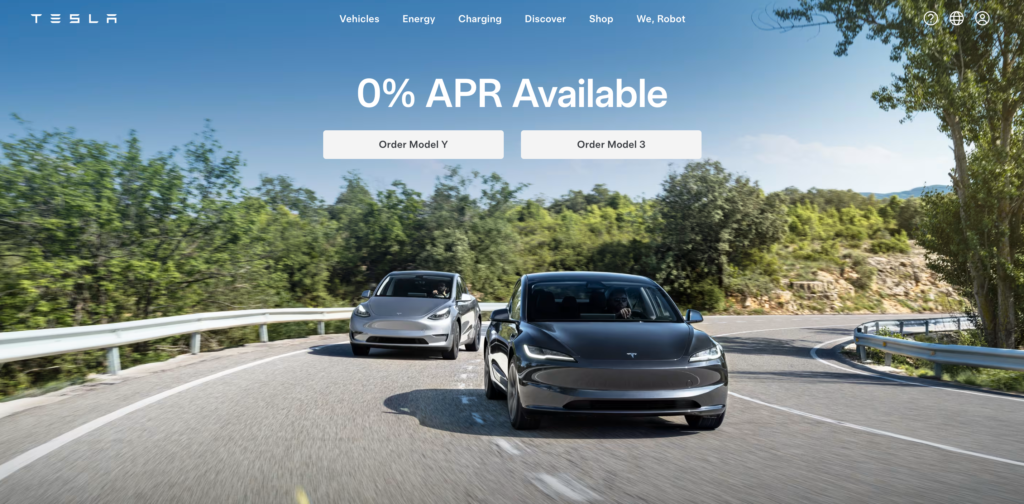
Tesla’s pricing reflects its brand image as a leader in electric vehicle innovation and sustainability. The company emphasizes technology, environmental responsibility, and advanced engineering, which appeals to customers seeking cutting-edge, eco-friendly products. Tesla’s unique positioning as both a high-performance and environmentally conscious brand allows it to set higher prices than traditional car manufacturers, as customers see value in supporting sustainable innovation.
Louis Vuitton
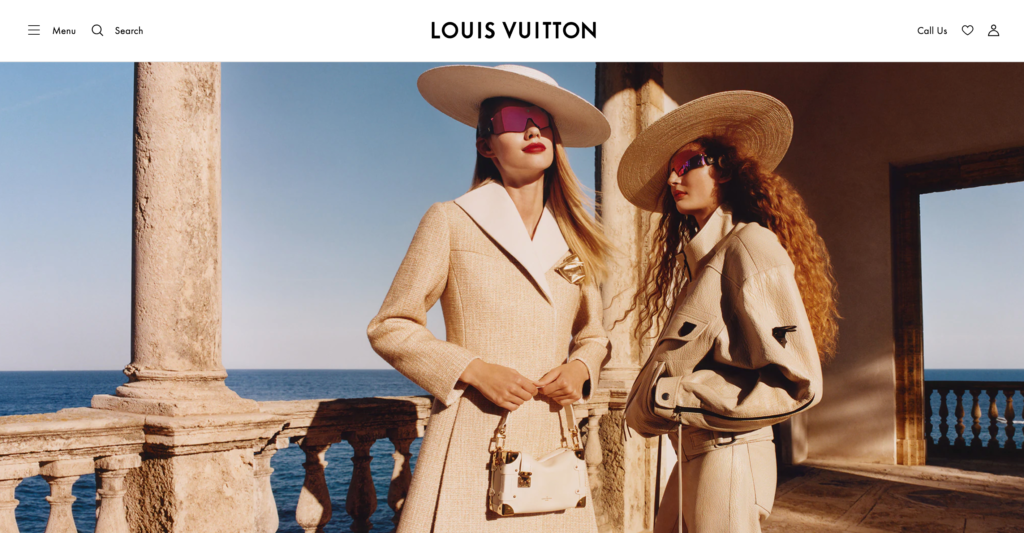
As a luxury fashion brand, Louis Vuitton sets high prices to reinforce its brand’s exclusivity and premium status. By limiting product availability and focusing on craftsmanship, heritage, and status, Louis Vuitton positions itself as an elite brand that commands a premium. Its pricing is aligned with the brand’s promise of exclusivity and quality, appealing to customers who value status and are willing to pay significantly more for a prestigious label.
Nike
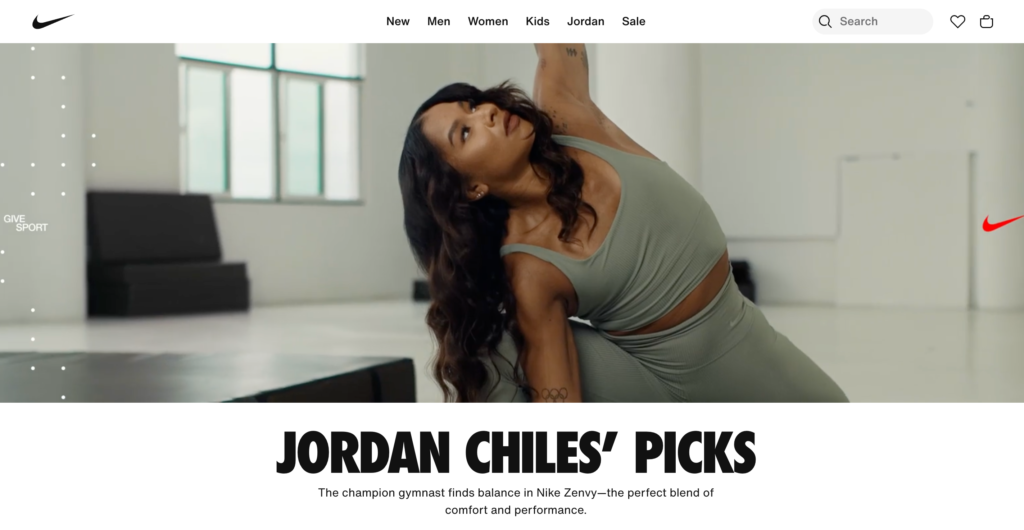
Nike uses a value-based pricing strategy that reflects the brand’s focus on athletic performance, lifestyle, and inspiration. Through high-profile endorsements, innovative products, and impactful campaigns, Nike builds a strong brand that consumers associate with performance and success. For its standard product lines, Nike maintains competitive pricing, but it charges premiums on collaborations, limited editions, and high-performance models. This pricing strategy is aligned with Nike’s brand equity, allowing them to appeal to both budget-conscious and premium-focused consumers.
Rolex
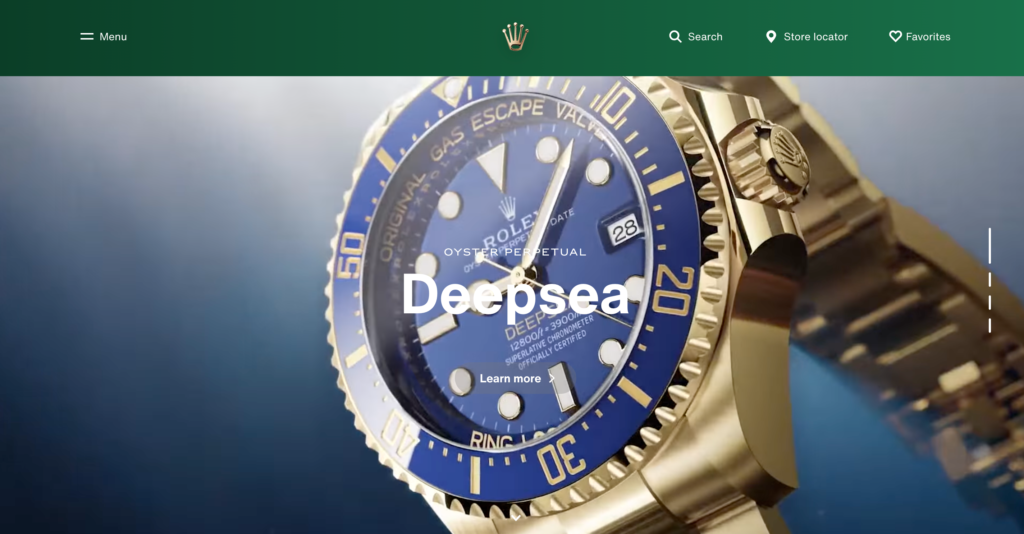
Rolex has built its brand around precision, luxury, and timeless elegance, positioning itself as the epitome of high-end watchmaking. With its strong reputation for quality and exclusivity, Rolex appeals to customers who seek status, craftsmanship, and heritage. The brand uses scarcity to its advantage by limiting availability and controlling production, which reinforces its exclusivity and increases demand. Rolex’s branding as a symbol of success and refinement allows it to set very high prices, as customers perceive the brand as a lifetime investment in both style and prestige. This brand-driven pricing is a core part of Rolex’s strategy, appealing to consumers who view the brand not just as a watchmaker but as a symbol of achievement and sophistication.
Each of these brands, including Rolex, carefully balances exclusivity, quality, and unique value propositions to determine pricing that reflects and enhances their brand image, securing loyalty from customers willing to invest in the experience and status these brands represent.
Branding is getting efficient in the tech industry as well.
Conclusion: Branding is the Heartbeat of Long-Term Success
In the ever-evolving world of business, branding is more than just an aesthetic exercise. It’s the foundation of trust, loyalty, and differentiation. Whether you’re in the tech industry, retail, or luxury goods, a strong brand is your silent salesperson, shaping perceptions and driving decisions. It bridges the gap between short-term goals and long-term legacy.
Take a cue from icons like Apple, Tesla, and Rolex: their success lies not just in their products but in the emotions and values their brands evoke. Similarly, branding empowers businesses to connect authentically with audiences, command premium pricing, and navigate competitive markets with confidence.
The Kangaroo Team is on its own branding journey, and we’re here to learn, grow, and share our insights along the way. As we hop (pun intended!) into the future, we invite you to embark on your branding journey too. Because at the end of the day, branding isn’t just about standing out—it’s about being remembered for the right reasons.
Ready to shape your legacy? Let’s build your brand, together. 🦘

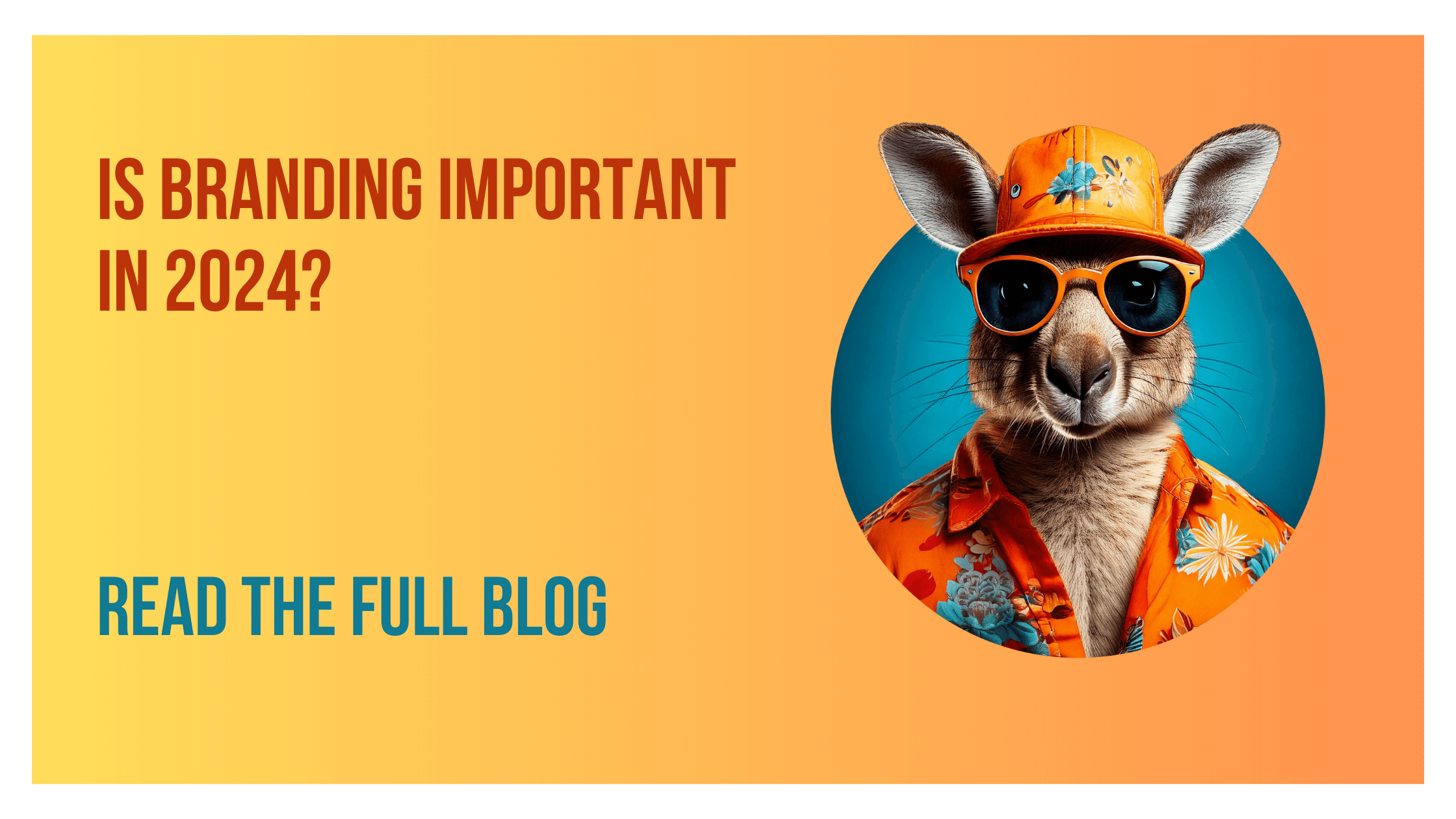
Leave a Reply